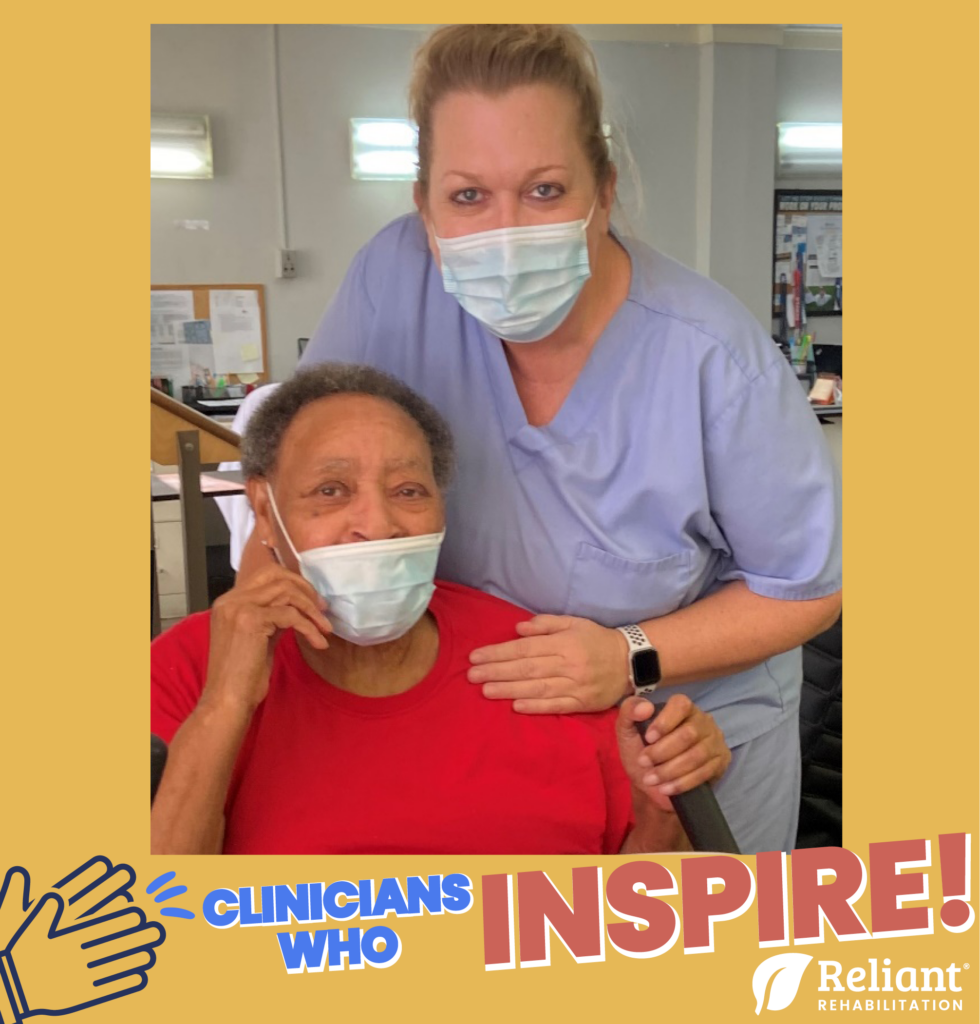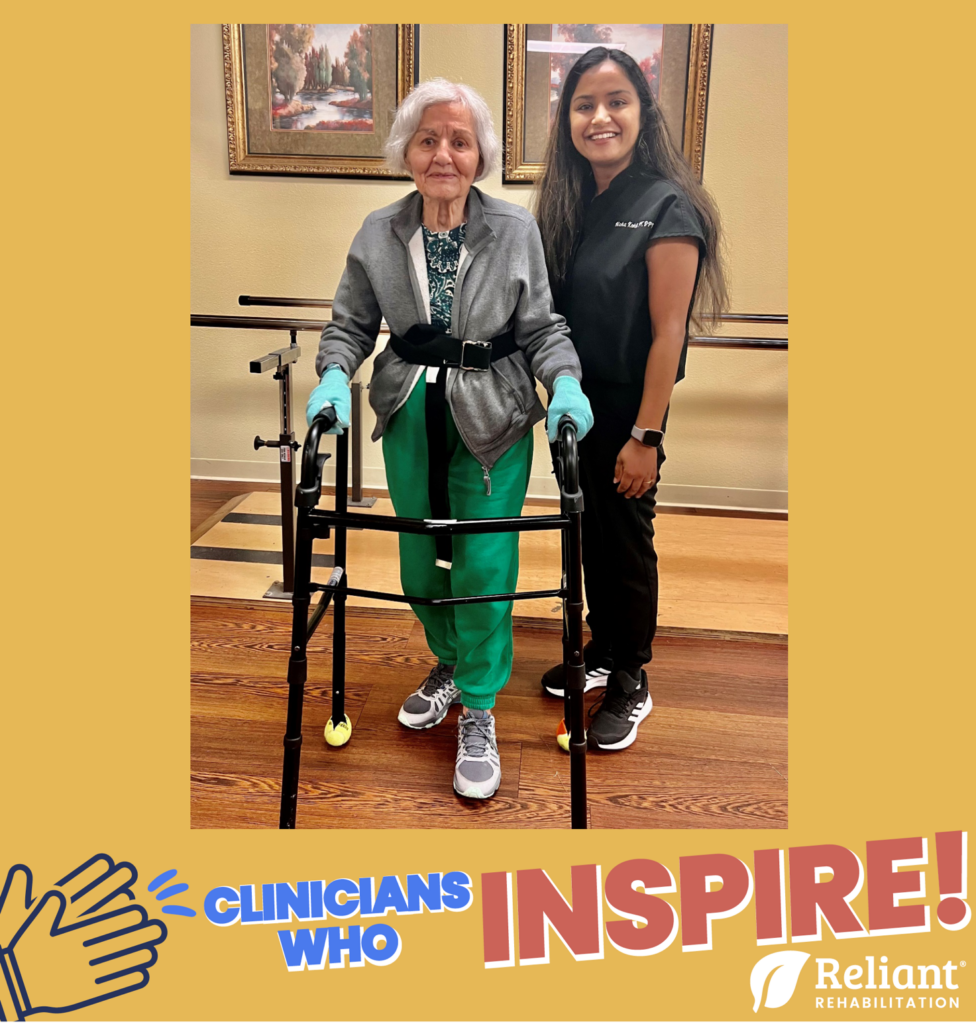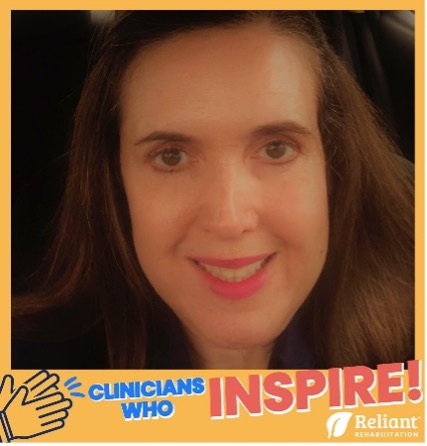
Through the Clinicians Who Inspire series, we continue to share motivation, creativity, and inspiration from clinicians in the field. This month we spoke with Karla Ashley, Champion Level I Therapist, occupational therapist and Director of Rehab at Vicksburg Convalescent Home. Through facilitation of resident opportunities for social interaction and participation in activities that stimulate the mind, body and spirit, Karla finds meaning in her every day as a therapist in the skilled nursing facility.
During the interview, Karla discussed some of the fun group therapy activity ideas they have implemented recently at their facility. Dancing groups, indoor/outdoor gardening activities, and an annual Mardi Gras parade—complete with beads, masks, pies, and a king and queen, are just a few of the examples provided. She shared the many benefits and positive outcomes they’ve seen through these groups, including improved balance, coordination, cognition, and morale amongst participants.
Karla shared that though she has worked in various settings throughout her 30-year career, she loves working in the skilled nursing facility setting. “The residents become your family. You’re there with them through it all. Even those that come and go; they come back to us when they need it. They come to love and respect us as much as we love and respect their needs.” Thank you, Karla, for sharing your passion and creativity with your patients, interdisciplinary team, and therapy peers!




